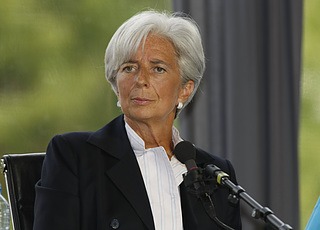ECB's Nagel: Need to be convinced inflation is heading back to target before cutting rates
|"Before cutting interest rates, we must be convinced based on data that inflation will actually reach our target in a timely and sustained manner," European Central Bank (ECB) policymaker and Bundesbank Chief Joachim Nagel said on Tuesday. "If the favourable inflation outlook from March is confirmed in the June projections and incoming data supports this outlook, we can consider a rate cut," Nagel further elaborated.





